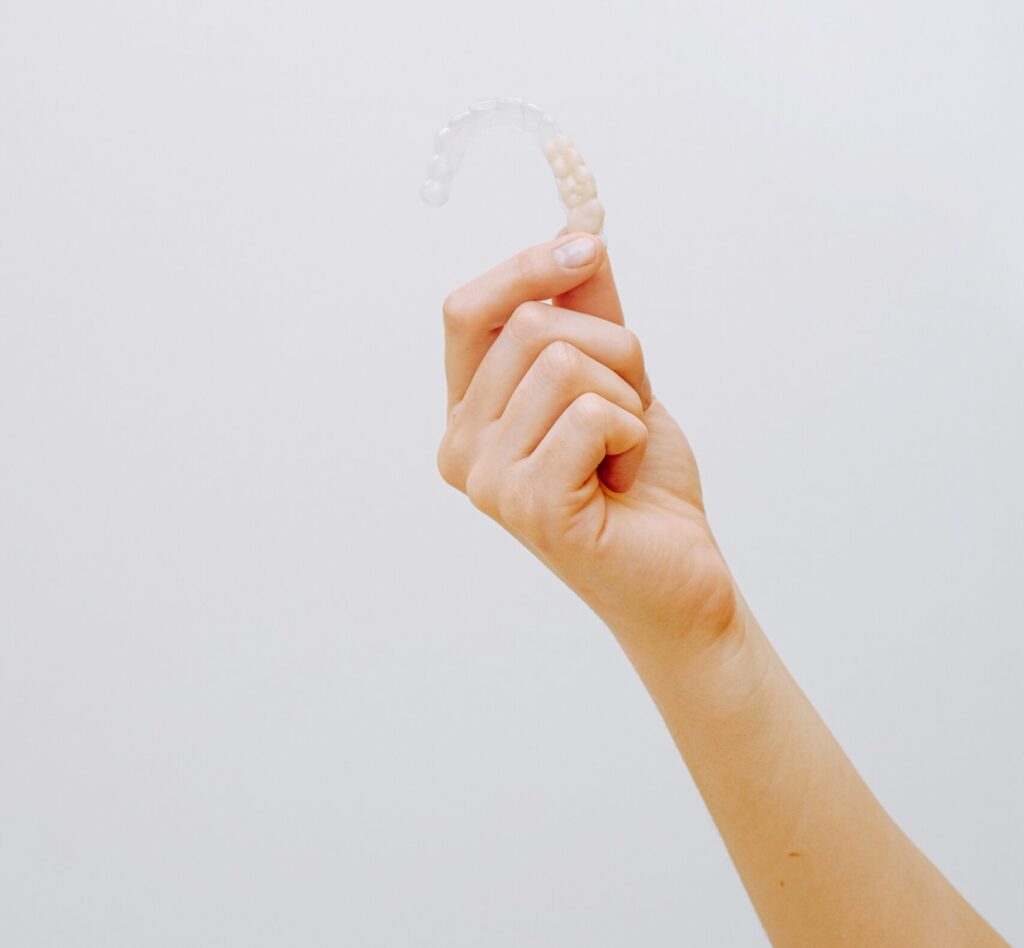
The Invisalign system is an orthodontic treatment developed to correct teeth misalignment using clear, removable aligners. In contrast to traditional braces, which utilize metal brackets and wires, Invisalign employs a series of transparent aligners tailored to the individual’s dental structure.
Science and Technology of Invisalign
Invisalign relies on advanced biomechanics and digital imaging. A 3D image of a patient’s teeth is acquired and processed through software to formulate a treatment plan. This plan details the progression of tooth movement, guided by the custom-fit aligners. The objective is to provide controlled forces to the teeth, ensuring their gradual shift to the desired position.
Comparison: Traditional Braces vs. Invisalign
Both traditional braces and Invisalign are designed to address dental alignment and enhance overall oral health. However, their methods and patient experiences differ considerably:
Appearance:
- Comfort:
- Traditional Braces: These can sometimes lead to soreness after adjustments and have components that might cause abrasions to the inner cheeks and lips.
- Invisalign: Crafted from a patented thermoplastic material called SmartTrack, Invisalign aligners have smooth edges, minimizing discomfort. Their custom fit further ensures that pressure is uniformly distributed across the teeth.
- Maintenance and Oral Hygiene:
- Traditional Braces: They can present challenges in cleaning, with food particles often getting trapped between wires and brackets. Special brushes and flossing techniques are often required to maintain oral hygiene.
- Invisalign: The removable nature of these aligners makes oral care straightforward. Users can brush and floss as usual, and clean the aligners separately, ensuring optimal dental health during treatment.
- Flexibility:
- Traditional Braces: Being permanently affixed to the teeth during the treatment, they can impose dietary restrictions. Sticky or hard foods can dislodge brackets or break wires.
- Invisalign: Since aligners are removable, there are no specific dietary limitations. Patients can enjoy their favourite foods by taking the aligners off during meals.
- Treatment Duration:
- Traditional Braces: The duration varies based on the complexity of the misalignment, but on average, treatment lasts between 18 and 24 months.
- Invisalign: The treatment duration is also variable, but advanced planning and design often lead to slightly quicker results. On average, Invisalign treatments can range from 12 to 18 months, depending on the case’s complexity.
- While traditional braces and Invisalign serve the fundamental purpose of orthodontic correction, they offer distinct experiences. The choice between them often depends on individual preferences, lifestyle, and specific dental requirements.
Invisalign Aligner Material
Invisalign aligners are constructed from SmartTrack material, a product of extensive research. This thermoplastic material was chosen after testing over 260 potential materials. Its properties ensure the aligners fit well, are comfortable, and exert accurate force. Additionally, the material is designed to resist staining and remain virtually invisible.

